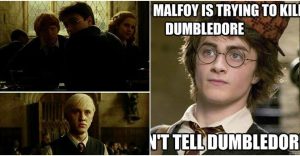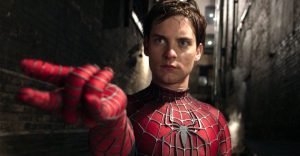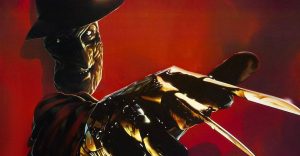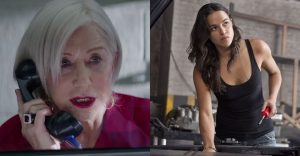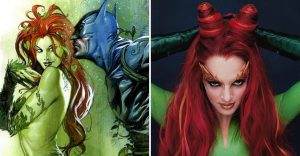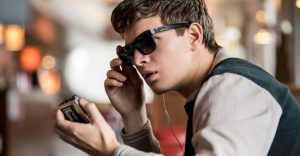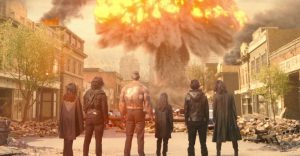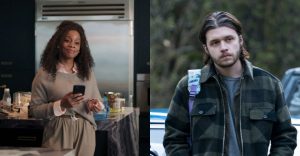How Halloween Did Expensive-Looking Shots (On A Tiny Budget)
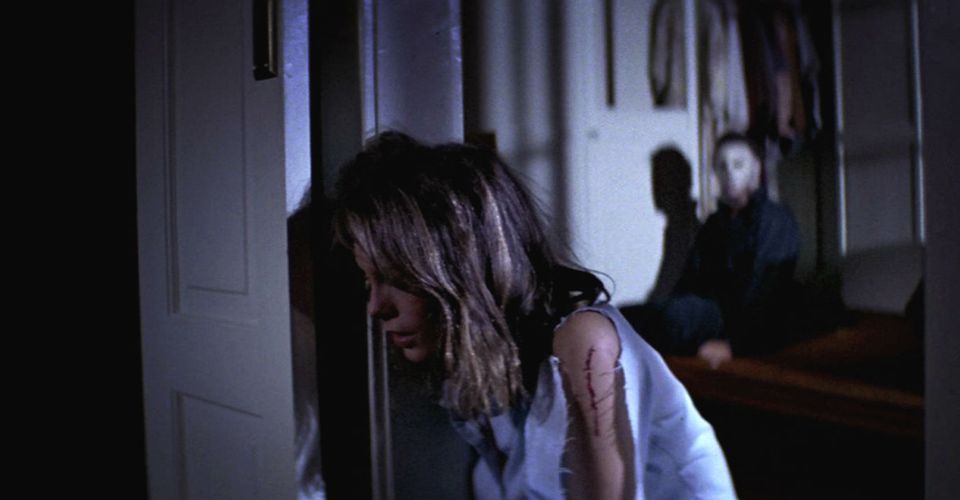
John Carpenter’s iconic horror movie, Halloween, was made for $325,000 back in 1978; this incredible small budget was utilized in such a way that Carpenter managed to create expensive looking shots and crisp cinematography without spending large sums of money.
Halloween created a legacy not only for the horror genre, but for Carpenter himself. Carpenter wisely employed incredibly talented actors, such as Jamie Lee Curtis, to tell his haunting story of “The Boogeyman”, who escaped a mental asylum and returned to his hometown of Haddonfield, Illinois on Halloween night to cut a bloody swath through suburbia. Michael Myers, who was originally known as The Shape, became a faceless specter through the clean, white mask he wore, and had little backstory to explain his vicious deeds; he was determined to kill without reason or provocation, and that was part of what terrified audiences back in 1978 the most.
Even so, $325,000 is a micro budget at best, yet the final product didn’t suffer for it at all. So how did Carpenter manage to create such incredible, expensive looking shots with very little money?
How Halloween Did Expensive-Looking Shots (On A Tiny Budget)

To put things in perspective as to just how little $325,000 was, it’s important to adjust for inflation and put things in modern terms. According to the U.S. Inflation Calculator, $325,000 USD in 1978 would equate to approximately $1.3 million in 2020. This, by today’s standards, is still considered a micro budget. Blumhouse Productions, who is known for making crisp slashers and scary movies, and are one of the biggest studios in the genre, tends to utilize a small budget to make their films, and typically end up making quite a large return on investment. Horror movies are relatively inexpensive to make in general because fear is cheap, and scares can be developed through means that don’t cost a lot of money, but some is still required to make the magic happen.
Blumhouse released Black Christmas, which was a remake of the 1974 slasher classic, in December of 2019, and it had a budget of $5 million, which is still far beyond what Carpenter would have been working with if he tried to make Halloween with an equivalent budget today. In order to achieve what many would consider impossible, Carpenter employed a few tools. Alongside cinematographer Dean Cundey, they took a chance on the newest technology at the time, the Steadicam; this was also known as a Panaglide. The Steadicam was a device that allowed the camera to be fitted to a camera operator for long-range and unbroken shots. According to Cundey, “it was a new technology that we learned to use by the seat of our pants.” This technology allowed them to capture the opening scene of the film, which some have deemed to be the scariest opening scene of all time, in a single day; this was another requirement of their budgetary constraints.
According to Cundey, “we couldn’t have done it without the Steadicam. There was no other piece of equipment that would have been able to go across the street, look into the house, go into the kitchen, up the steps, into a bedroom, and back down again.” The POV shot from inside the mask was also an important part of this finished product, but was only added in post-production. This distinct vantage point adds suspense to the scene, and allows the audience to experience the movie through Myers’ perspective. Beyond the assistance of the Steadicam, Carpenter’s unique vision for the film and some creative work to create Haddonfield in California, instead of the suburban Midwest, the film was a marked success with minimal money spent on Halloween.
- Halloween Kills (2021)Release date: Oct 15, 2021
- Halloween Ends (2022)Release date: Oct 14, 2022
About The Author











